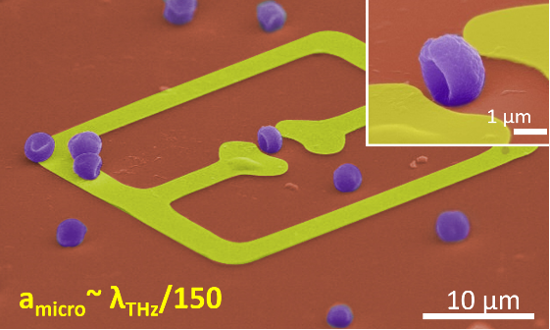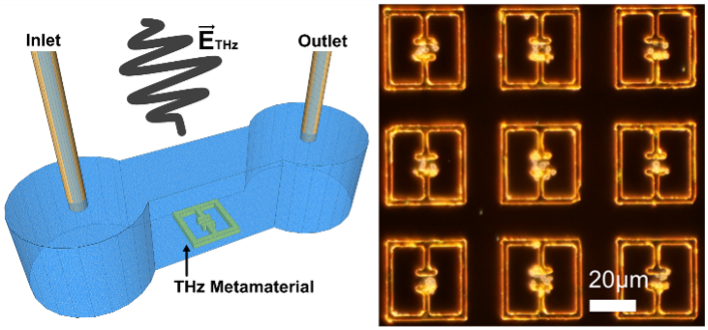Environmental Monitoring
In the Centre for Electronics (Antennas & Electromagnetics Research Group) at Queen Mary University of London, we explore novel environmental monitoring platforms for microplastics and many other substances in aquatic and air environments using high-frequency technologies. The development of portable, affordable, and accurate environmental monitoring platforms is crucial in addressing the environmental challenges in the air and water. For example, plastic particles with a size between 1 micron and 5 mm, so-called microplastics, have become an enormous global issue for the aquatic ecosystem and may affect human well-being through the food chain.
Microplastics are found to be accumulated in various ecosystems including rivers and oceans. To monitor microplastics quantitatively and qualitatively in the aquatic ecosystem, various spectroscopy techniques have been used to examine the microplastic specimens. However, liquid specimens containing microplastics often need to go through a density separation step as a pre-treatment before the examination. During the density separation process, microplastics are extracted from the liquid sample by letting microplastics float in the solution with a higher density than microplastics. This process makes the detection of microplastics using existing spectroscopy methods a labour-intensive and time-consuming job.
What we are showing at the event: Environmental sensing platforms based on high-frequency technology will be showcased. Also, 3D-printed devices will be shown to demonstrate our fabrication capabilities.


Collaborate with us:
For more information or to become an industrial affiliate please refer to the Centre for Electronics.
Contact: Dr SaeJune Park, Dr Riccardo DegI'Innocenti, Rashel Kabir, Chi Him Liu

